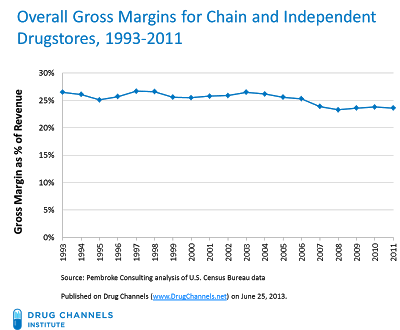Reconcile an account in QuickBooks Online

By doing so, it helps in detecting any discrepancies between the company’s records and the bank statement, thereby ensuring the accuracy of financial data. Accurate financial records are crucial for making informed business decisions, preparing financial statements, and ensuring compliance with tax regulations. Without proper reconciliation, errors or missing transactions can go unnoticed, leading to inaccurate financial reporting, potential cash flow problems, and even legal consequences. This process is crucial in achieving reconciliation accuracy, as it involves reviewing and making necessary modifications to account for any discrepancies.
Access the Reconcile Window
This process plays a crucial role in ensuring that the recorded transactions align with the actual activity in the bank account. By marking transactions as cleared, it becomes easier to track which ones have been verified by the bank, minimizing the risk of overlooking any discrepancies. Alternatively, to view an account reconciliation report later, click the “Settings” button. Then click the “Reconcile” link under the “Tools” heading in the drop-down menu to open the initial “Reconcile” page again.
How to Set up a Local Entity: Step-by-Step Guide for Businesses

For example, if the payee is wrong, you can click on the transaction to expand the view and then select Edit. It streamlines the reconciliation process, allowing for the identification and resolution of discrepancies more effectively. From hosting and domains to essential plugins and transaction fees, discover the real cost. In the next section, we will explore the importance of reconciliation and how it can benefit your business. If the difference isn’t CA $0.00, or you can’t find a transaction that should be in QuickBooks, don’t worry.
If your accounts are connected to online banking, make sure you match and categorize all of your downloaded transactions. When reconciling an account, the first bit of information you need is the opening balance. If you choose to connect your bank and credit cards to your online account, QuickBooks will automatically bring over transactions and also the opening balance for you. Reviewing transactions independent contractor vs employee in QuickBooks Online facilitates the identification of fraudulent activities or unauthorized charges, contributing to a comprehensive and secure financial management system.
By default, the list of transactions hides transactions that occur after the statement’s end date. To apply filters to the transaction list, click the “Filter” drop-down button in the upper-left corner of the transaction list to select from filtering choices in the drop-down menu. Then click the “Apply” button in the drop-down menu to apply the filters you selected. You what is a capital account can remove applied filters by clicking the “X” button to the left of the applied filter’s name or by clicking the “Clear filter / View all” link. If all of your transactions come directly from your bank, reconciling should be a breeze. If they are not, the process is the same, but it might just take a little longer.
- It plays a crucial role in ensuring the financial accuracy and integrity of a company’s records.
- The drop-down button in the upper-right corner of the page lets you manage the account reconciliation.
- The reconciliation process is concluded by affirming that the closing balances match, signifying the successful alignment of the financial records with the official bank statements.
- During the reconciliation process, you will compare the transactions listed on your bank statement to the ones recorded in QuickBooks Online to ensure they match.
- This is the same idea as balancing an account and checkbook in more manual times.
This validation step is pivotal in maintaining the integrity and accuracy of financial records, enabling businesses to confidently rely on their financial reports for decision-making and compliance purposes. Reconciling your QuickBooks Online account is a vital part of maintaining accurate financial records for your business. By following the step-by-step process outlined in this guide, you can ensure that your bank statements and QuickBooks Online transactions are aligned, thereby providing a clear picture of your financial health. This crucial process begins with gathering the bank statements and transactions from the relevant accounts. Once the data is collected, the next step is to compare the transactions recorded in QuickBooks with those listed in the bank statements, addressing any discrepancies.
Try Process AI free
Once you’re done, you should see a difference of $0, which means your books are balanced. Once connected, all bills in QuickBooks Online will sync in real-time with Wise. Bill payments are automatically synced, matched, and categorized in QuickBooks. QuickBooks Online and Wise Business can be connected and automatically synced.
This step also streamlines the reconciliation process, allowing for a more efficient and error-free comparison between the company’s records and the bank statement. Marking transactions as cleared in QuickBooks Desktop enhances the overall accuracy and reliability of financial reconciliations. Reconciling in QuickBooks Desktop involves a set of how to calculate monthly accumulated depreciation structured procedures to ensure that the financial records accurately correspond with the bank statement, reflecting the precise financial position of the business. This helps to verify the accuracy of the recorded transactions and identify any discrepancies between the company’s books and the actual bank statement. Entering the ending balance in QuickBooks Online is a crucial step in the reconciliation process, ensuring that the financial records align with the closing balance of the bank statement. Reconciling in QuickBooks Online involves several key steps to ensure that the financial records align with the bank statement and reflect accurate transactional data.







Add comment